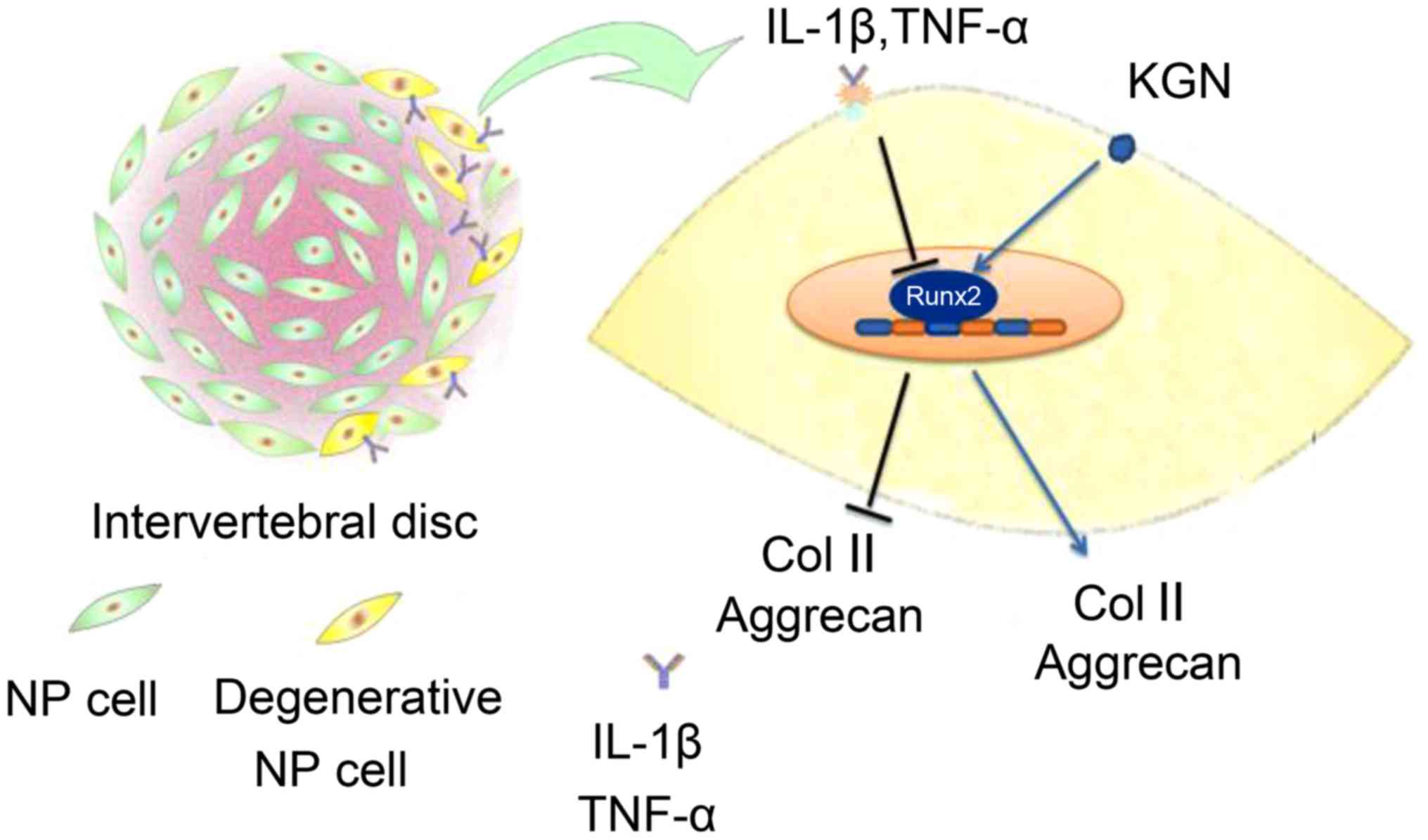
Intervertebral Disc Disease
It is soft and gelatinous. Epidemiology it may be observed in pediatric 5 as well as adult populations.
Intervertebral disc disease is a common condition characterized by the breakdown degeneration of one or more of the discs that separate the bones of the spine vertebrae causing pain in the back or neck and frequently in the legs and arms.
Intervertebral disc. Each disc consists of an outer fibrous ring called the annulus fibrosus and an inner soft core called the nucleus pulposus. Intervertebral disc calcification is a non specific finding seen in numerous conditions. An intervertebral disc or intervertebral fibrocartilage lies between adjacent vertebrae in the vertebral column.
There are 23 discs in the human spine. Relatively common and may occur in up to 6. Doctors call them intervertebral disks.
Intervertebral disc a disc shaped fibrocartilage shock absorbing structure lying between the bodies of adjoining vertebrae in the spinal column. When damaged discs in the lumbar spine cause symptoms of pain it is called lumbar degenerative disc disease. They have a tough fibrous outer membrane the annulus fibrosus.
An intervertebral disk acts as shock absorber between each of the vertebrae in the spinal column by keeping the vertebrae separated when there is impact from activity. It is a cushion of fibrocartilage and the principal joint between two vertebrae in the spinal column. 6 in the cervical region neck 12 in the thoracic region middle back and 5 in the lumbar region lower back.
The cartilaginous layers of the end plates anchor the discs in place. The intervertebral disc ivd is important in the normal functioning of the spine. Each disk is a flat circular capsule about an inch in diameter and one quarter inch thick.
The intervertebral discs are fibrocartilaginous cushions serving as the spines shock absorbing system which protect the vertebrae brain and other structures ie. There are a total of 24 disks in the human spine. They also serve to protect the nerves that run down the middle of the spine and intervertebral disks.
The intervertebral discs provide cushioning between vertebrae and absorb pressure put on the spine. Each disc forms a fibrocartilaginous joint a symphysis to allow slight movement of the vertebrae to act as a ligament to hold the vertebrae together and to function as a shock absorber for the spine. The intervertebral discs cushion the stress when the spine moves or bears weight.
The discs allow some vertebral motion. Lumbar degenerative disc disease video intervertebral discs are tough fibrous structures that act as ligaments between vertebrae absorbing pressure and providing cushioning for the spinal column. The inner core of the disc is the nucleus pulposus.
They also help the spine to bend.
ラブリー Intervertebral Disc
#· intervertebral disc





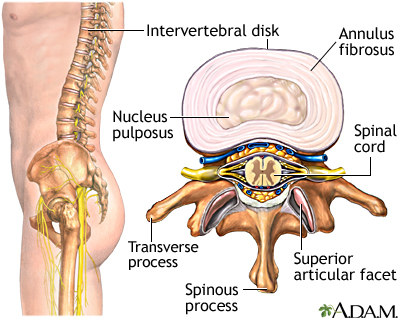
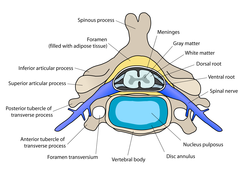

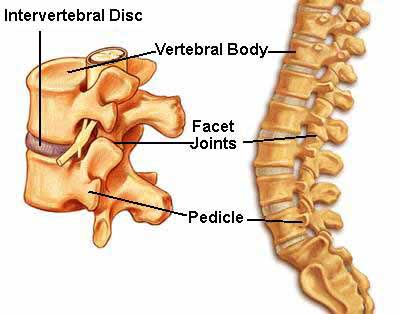
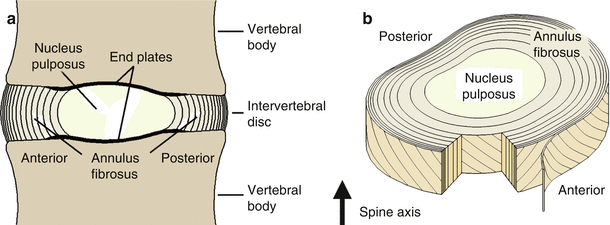


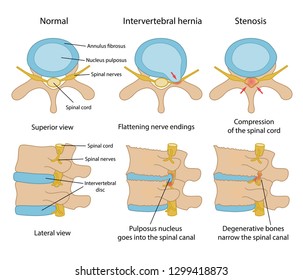
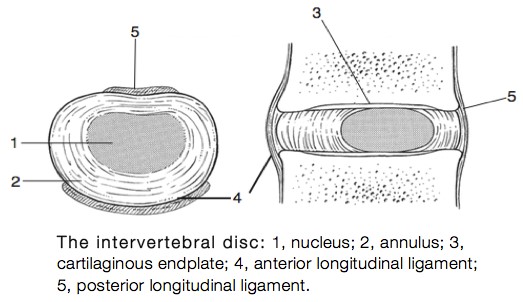

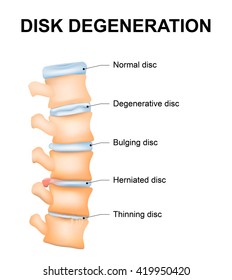




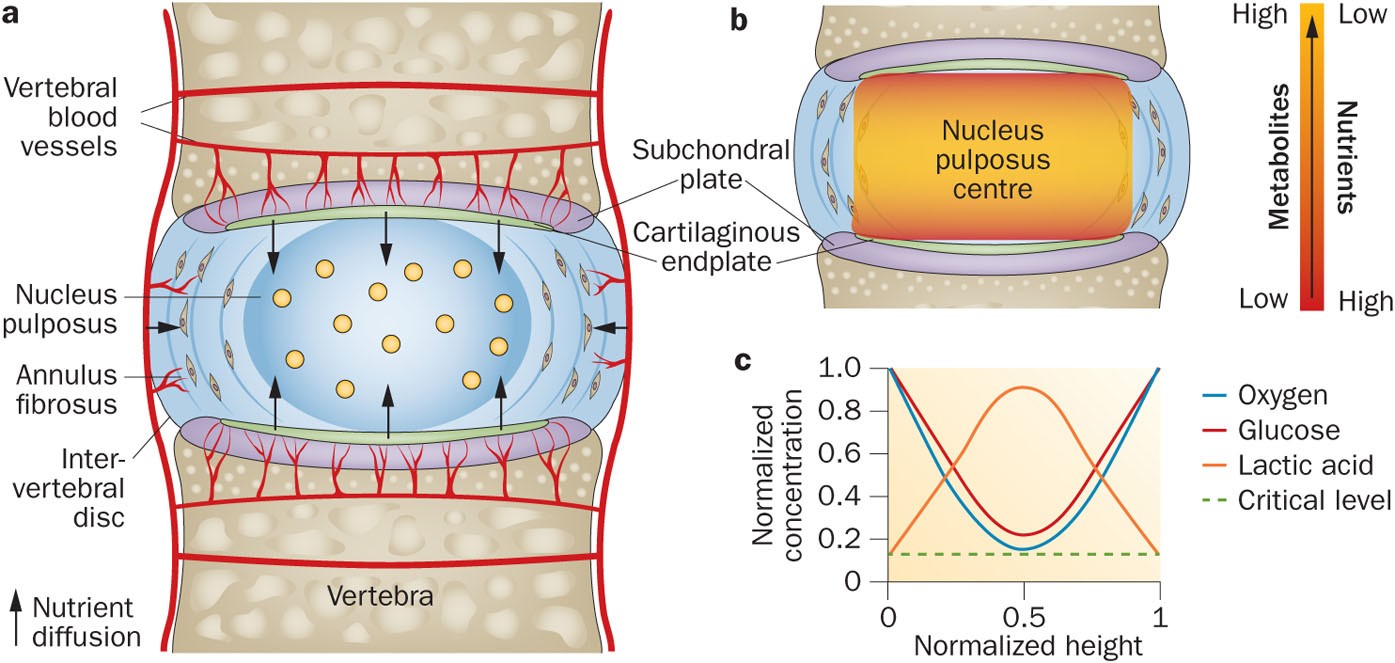
:max_bytes(150000):strip_icc()/GettyImages-487737771-567da7305f9b586a9eaadecf.jpg)

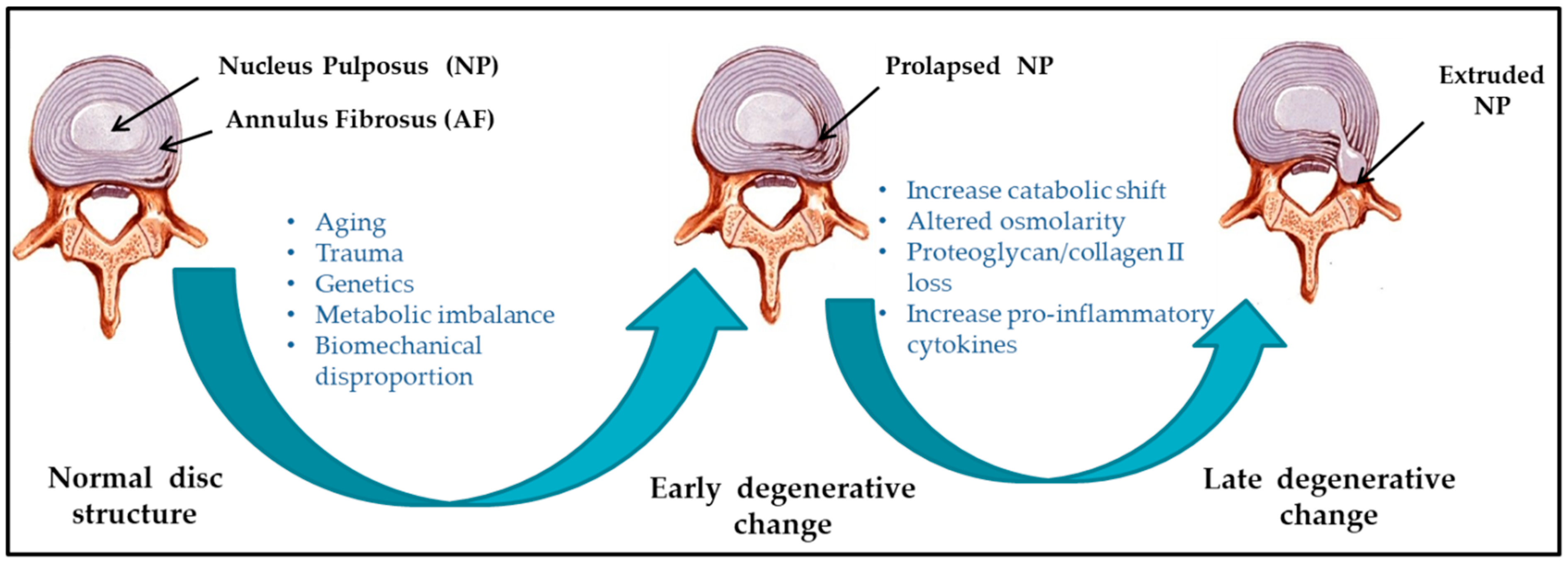

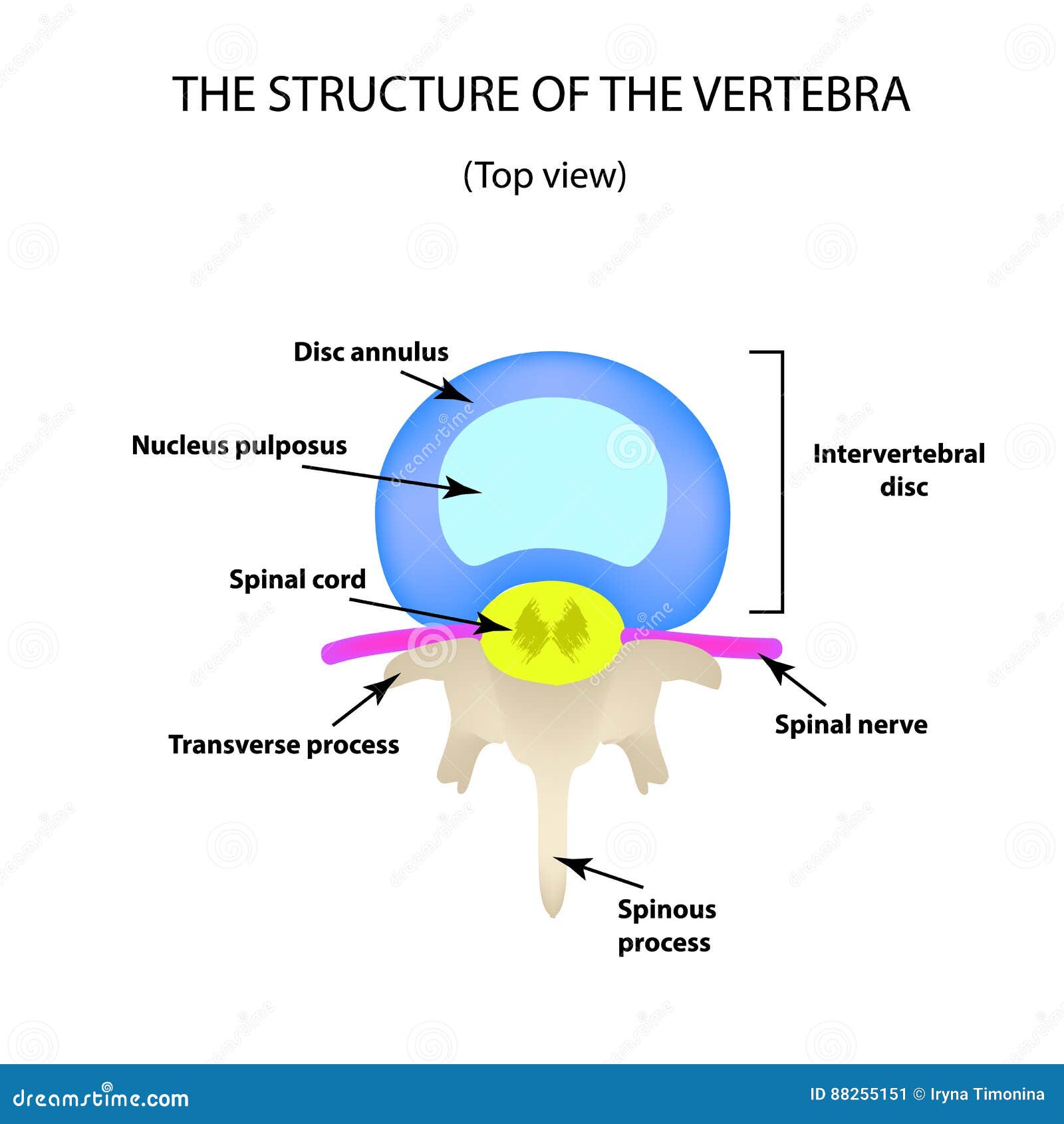
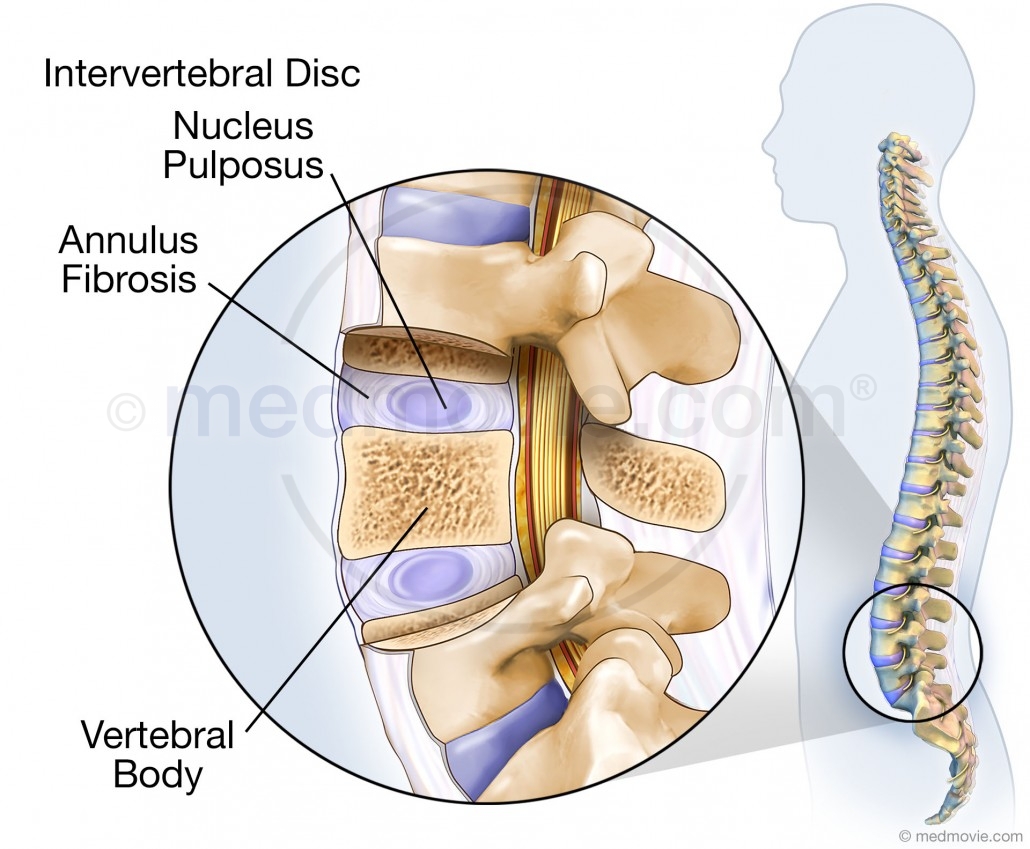









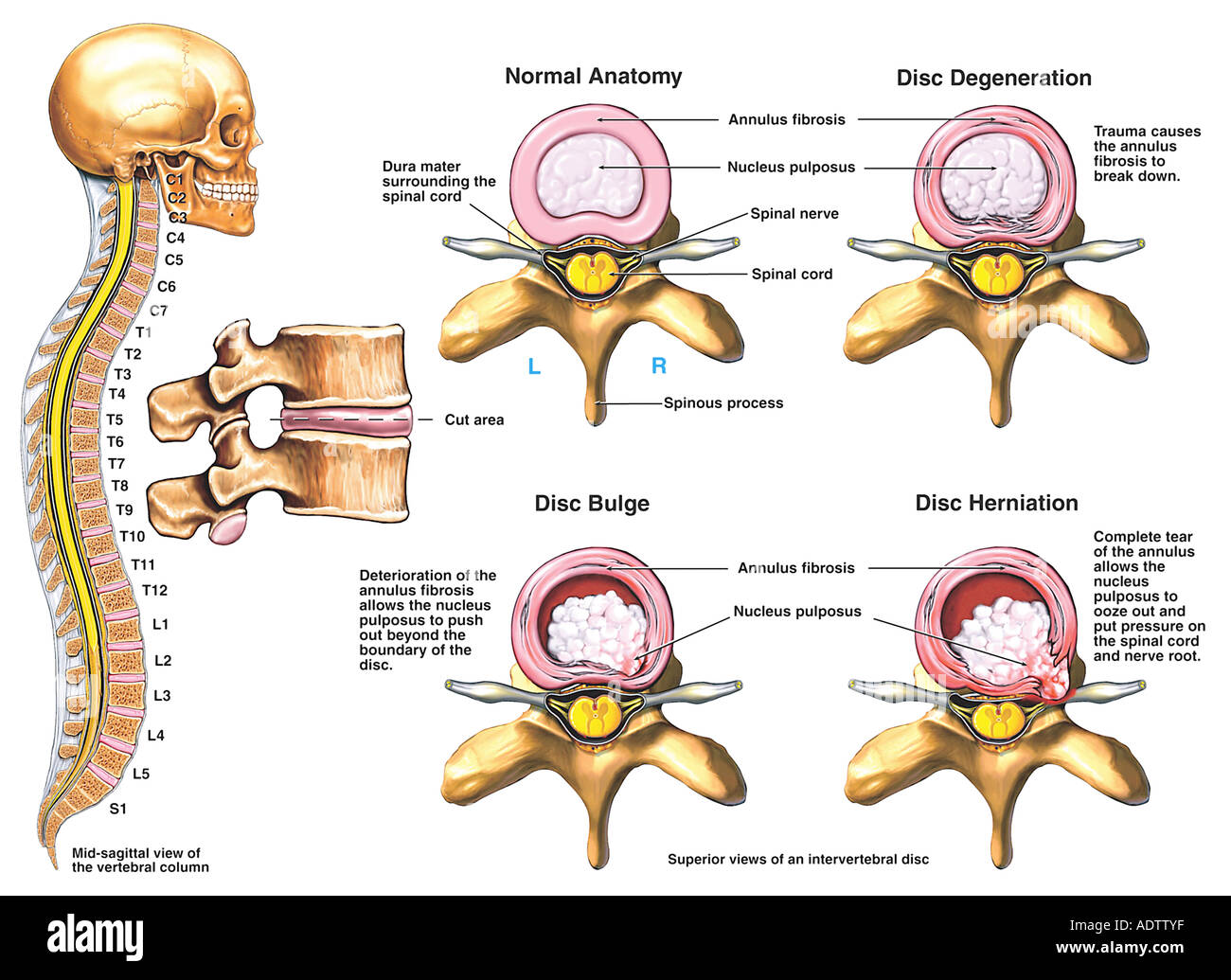






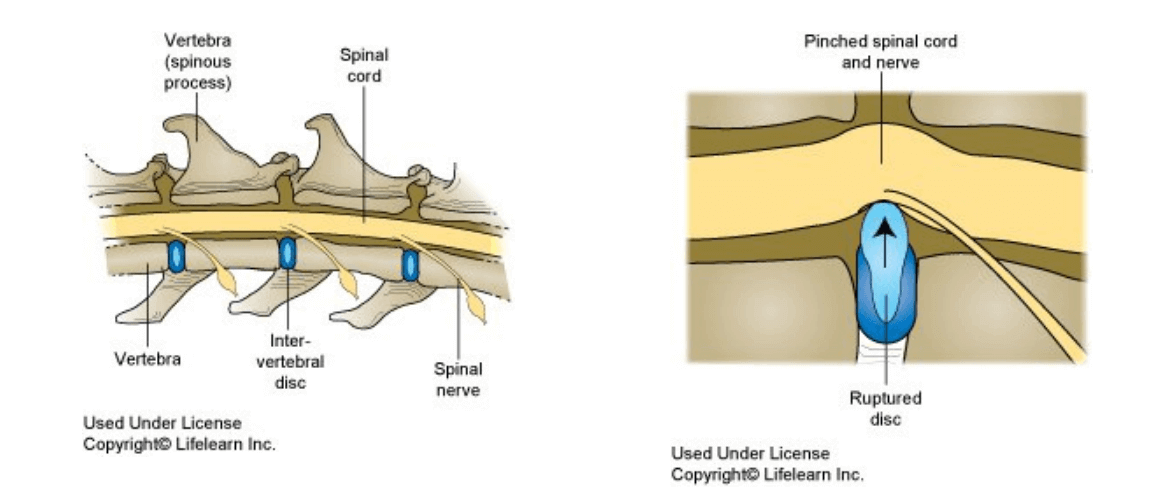
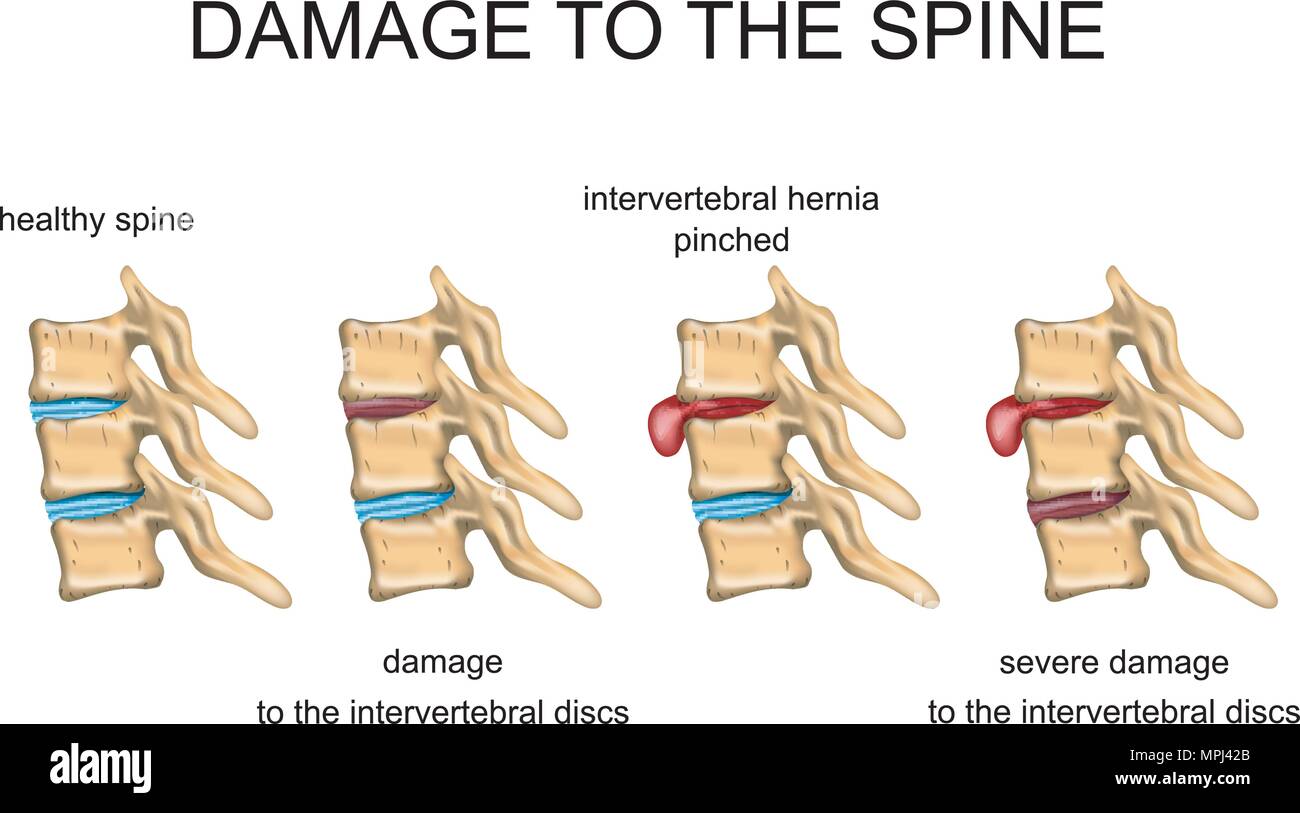
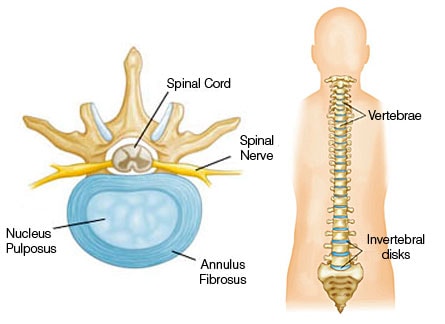

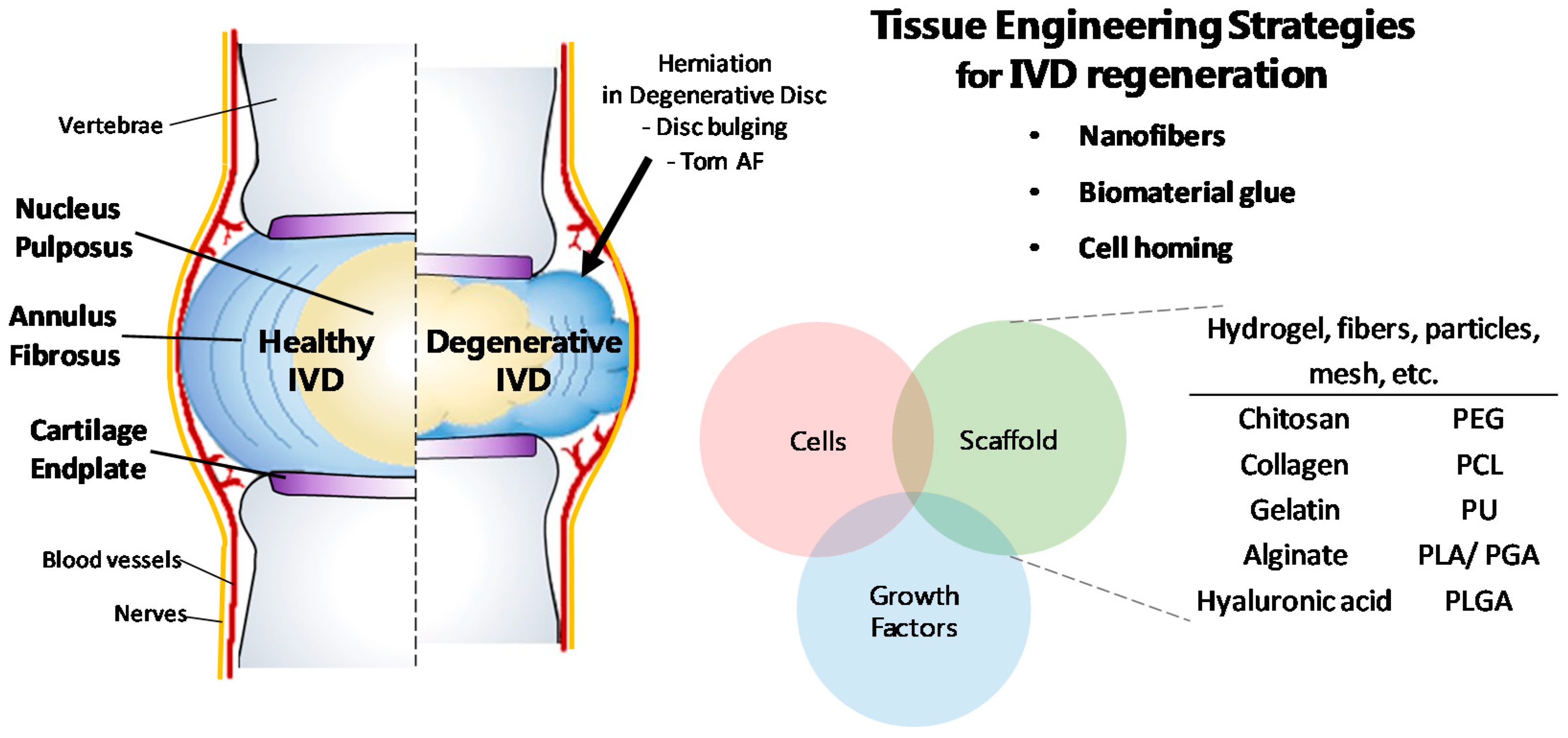
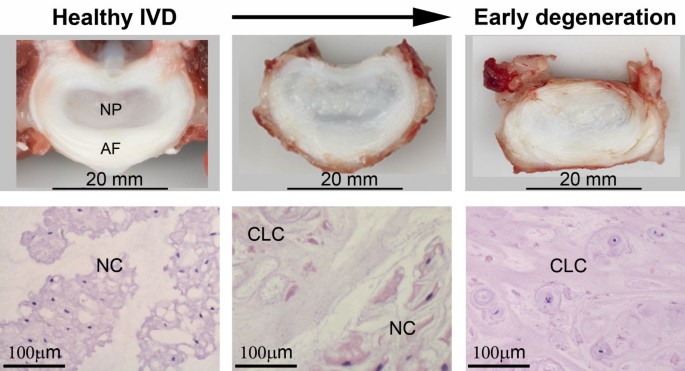
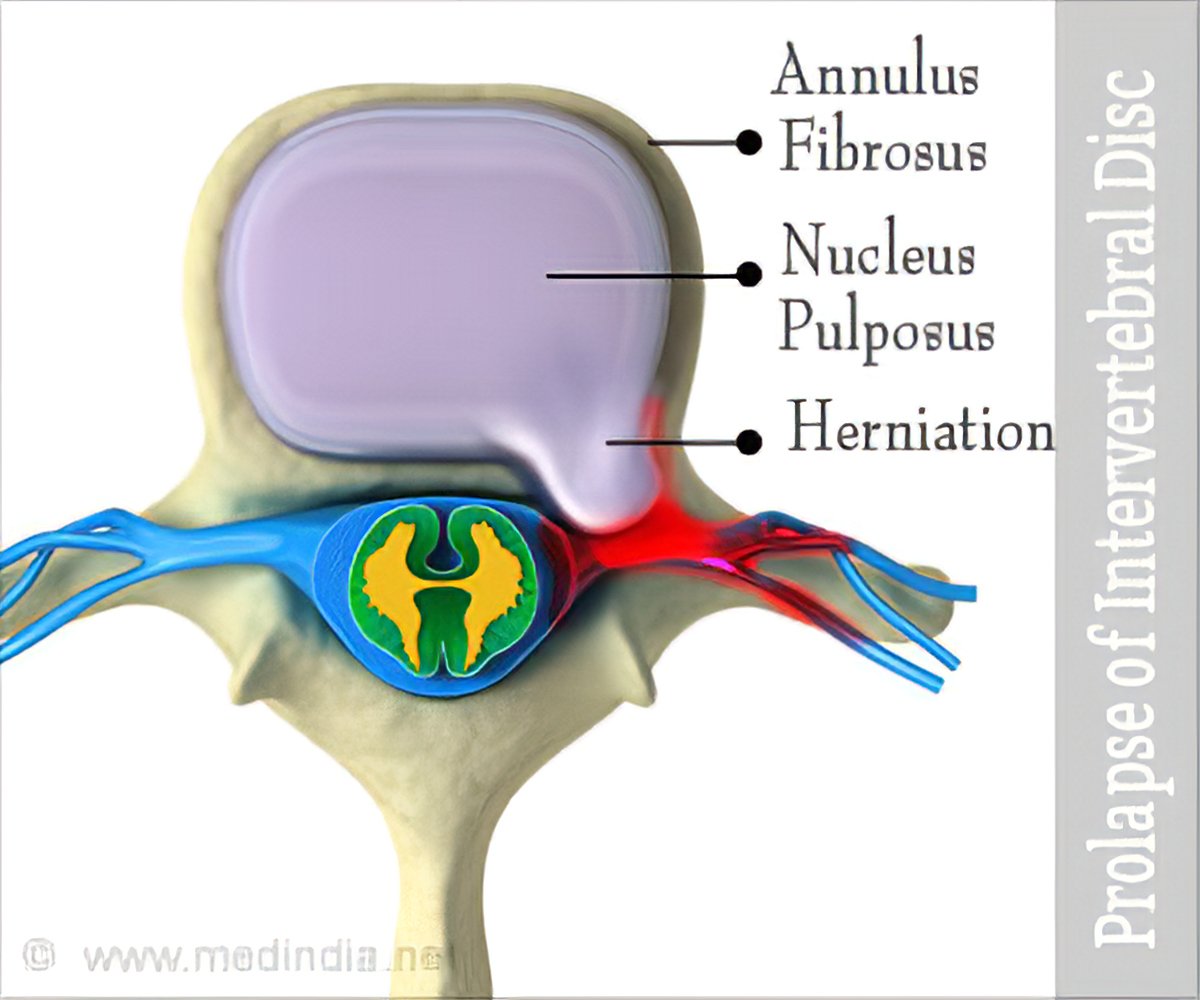
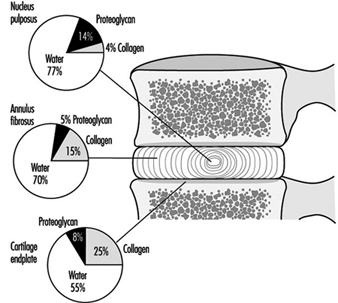

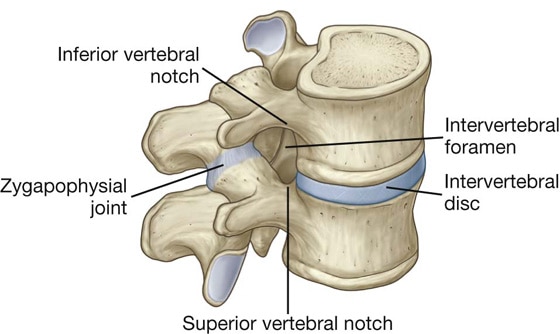
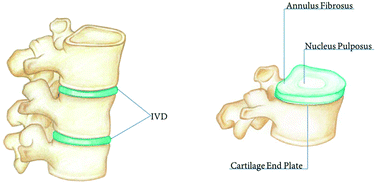

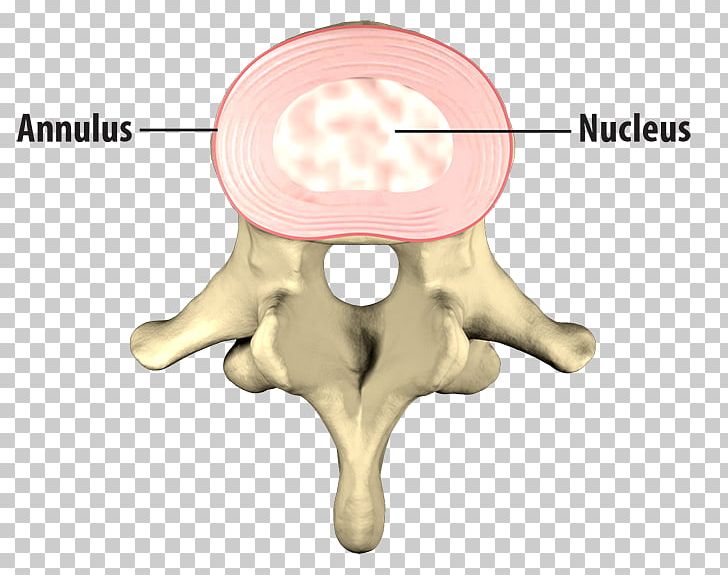







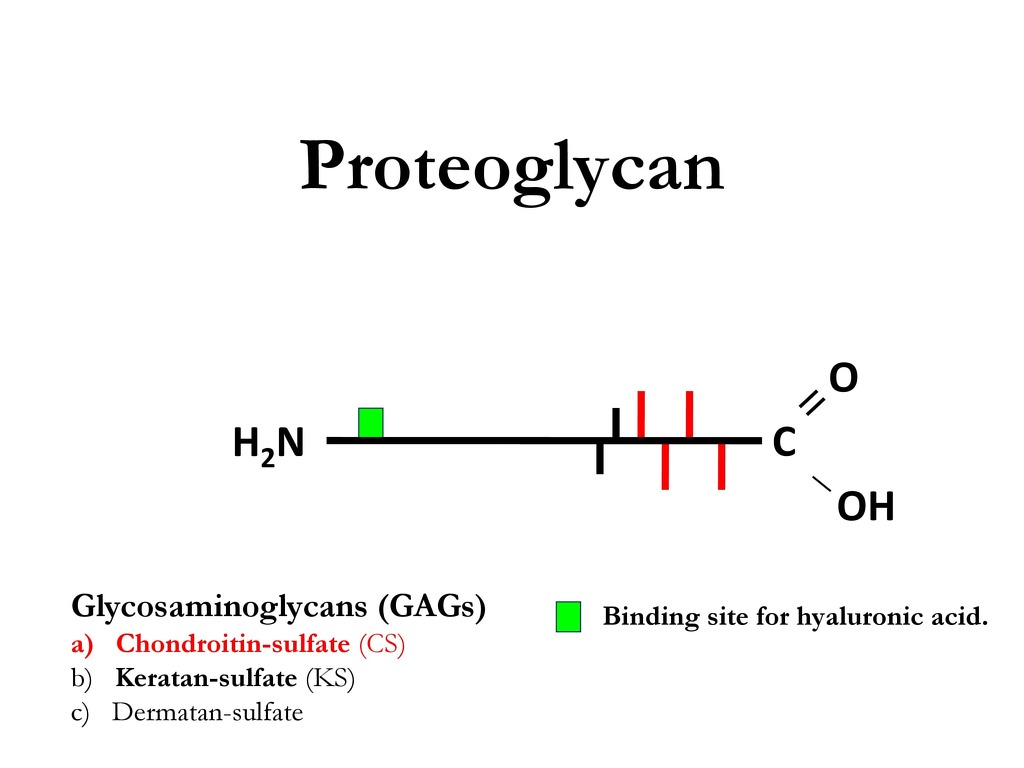
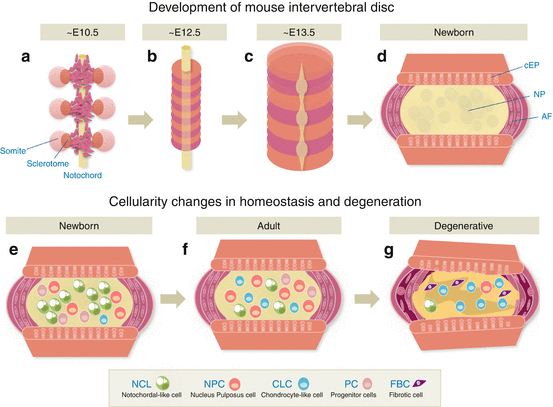
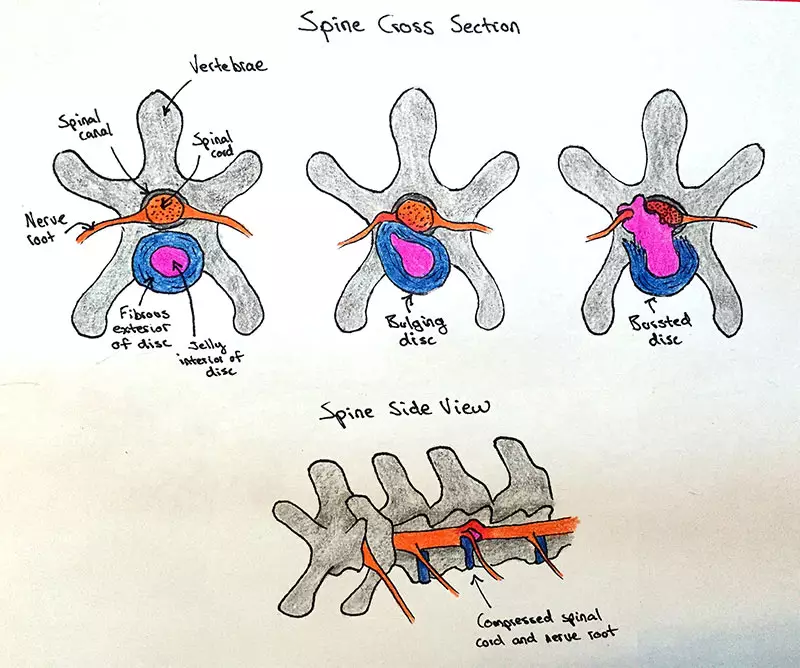
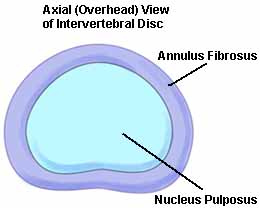
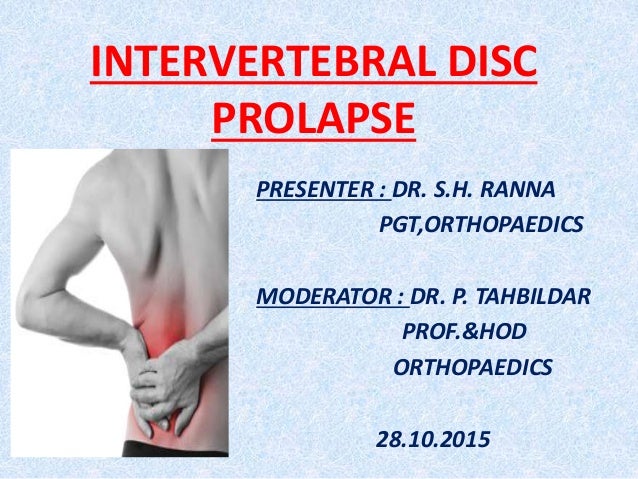












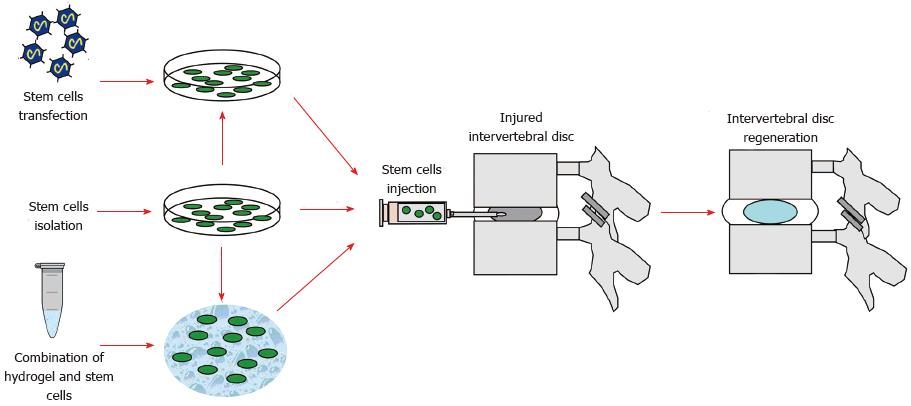




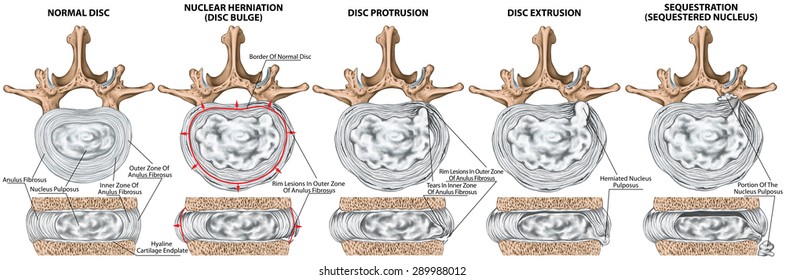

0 件のコメント:
コメントを投稿